While much has been written about Japanese economy cars grabbing a share of the North American auto market in the 1970s, it’s also important to acknowledge the impact imports had on domestic trucks.
You may LUV these articles too:
* Check Out This 1972 Honda Z600—It’s a Former Autocross Champ
* The First-Gen. Celica GT was Toyota’s Take on the 1960s Muscle Car
* Lot Shots Find of the Week: Datsun 620 “Little Hustler” Pickup Truck
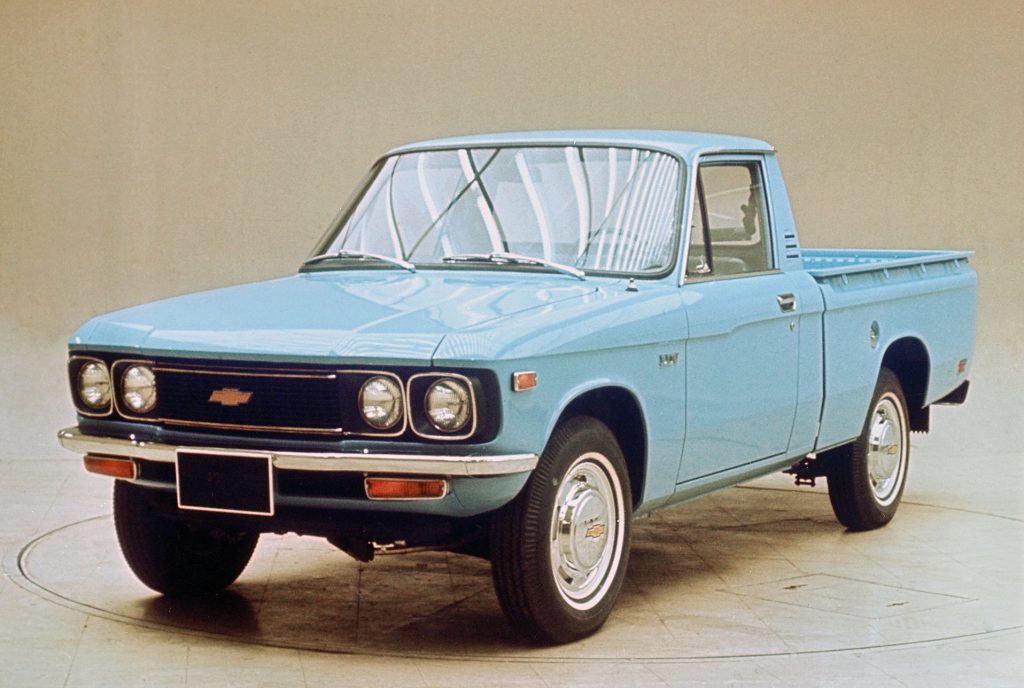
Generally speaking, the trucks coming from Detroit at the time were relatively large and rugged. While these rigs worked great in agriculture, construction, and utility roles, they were often overkill for small businesses, hobbyists, and urban delivery routes.
Seeing an opportunity but lacking a product, the Big Three looked to Japan to quickly address a growing demand for small, economical trucks.
Ford hooked up with Mazda to rebadge its B-series trucks into the Ford Courier lineup and Dodge would eventually settle down with Mitsubishi for the Mighty Max/Ram 50 twins.
Chevy called Isuzu hoping for a little compact truck love.
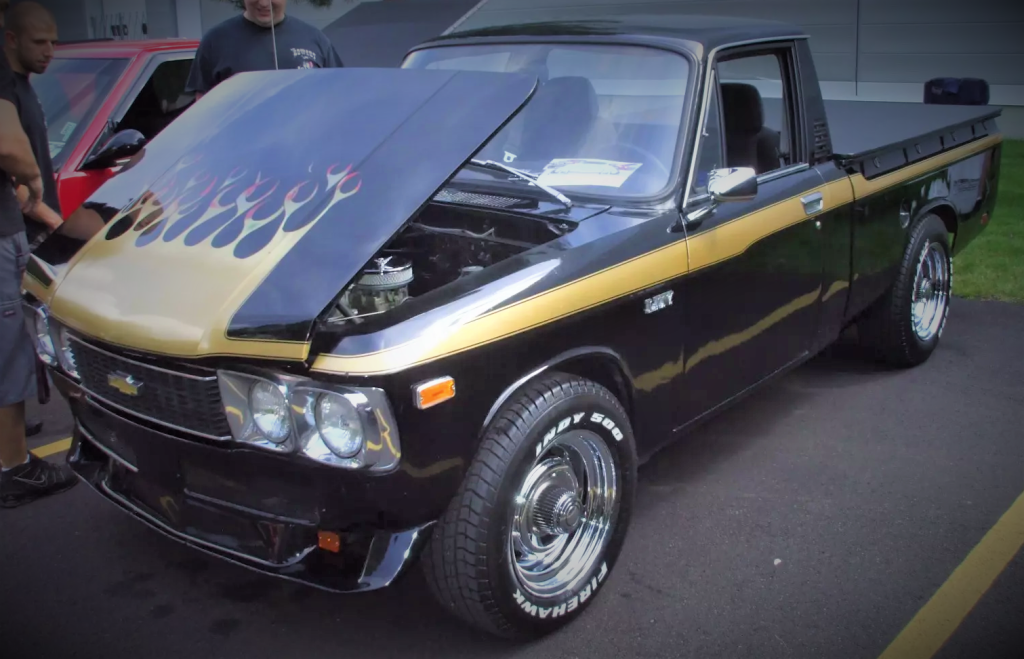
What is LUV?
Given that GM had just bought a 34 percent stake in Isuzu in 1972, the Japanese automaker answered the phone and told Chevy about a new light truck it was developing. Called the Isuzu Faster, it was significantly smaller than the trucks in the current Bowtie lineup. And better still, since it was based on a existing Isuzu sedan, the new body-on-frame truck was ready for production.
The Faster was just the mate Chevy was searching for—but if it was going to elope to America, GM’s marketing folks felt the truck needed a new name.
Chevy selected the acronym LUV, which stood for “Light Utility Vehicle.” Freshly adorned with Bowtie badging, the LUV arrived on North American shores as a 1972 model and technically became the first Isuzu-built vehicle sold in the U.S.
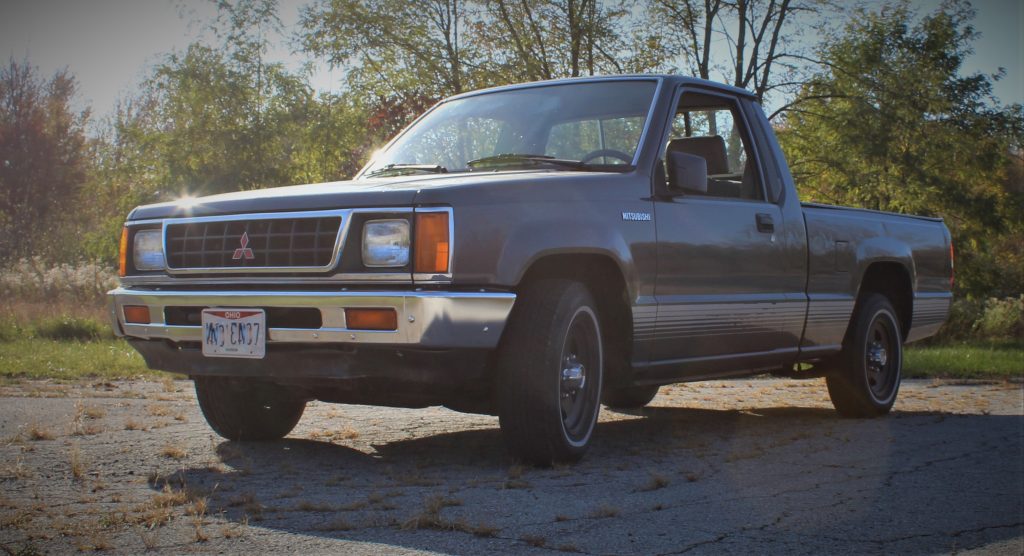
The Power of LUV
For 1972, the Chevy LUV was powered by a 1.8L SOHC four banger good for 75 horsepower, which was enough giddayup to give the LUV around a 1,200 pound payload capacity. But the bigger news was the engine’s fuel economy—north of 30 mpg highway, which was a serious benefit as the 1970s gas shortage dawned.
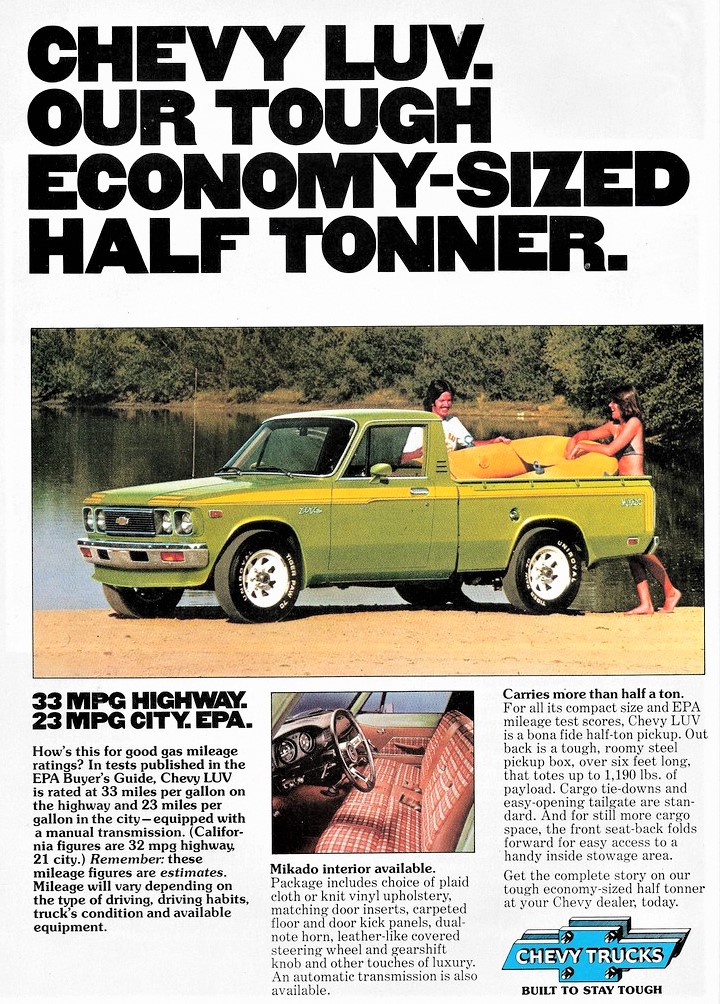
After its inaugural year, the Chevy LUV endured mostly unchanged for 1973. In 1974 a more upscale trim dubbed the “Mikado” was added to the admittedly austere mini truck and included a flashier interior.
In 1976, Chevy added an automatic transmission to the options sheet and gave the LUV front disc brakes. Minor cosmetic changes continued through the decade and in 1978, you could opt for a regular bed or long bed version.
In 1979 a 4×4 drivetrain option was available, and then in 1981 the LUV spawned its second generation.
Can’t Get Enough of Chevy’s LUV
As LUV endured through the 1970s, Chevy decided to bring over the second generation Isuzu Faster when it debuted in 1981. Still sold as a LUV-badged captive import by Chevrolet, the new generation brought a modern look and some more refinement to the mini truck segment.
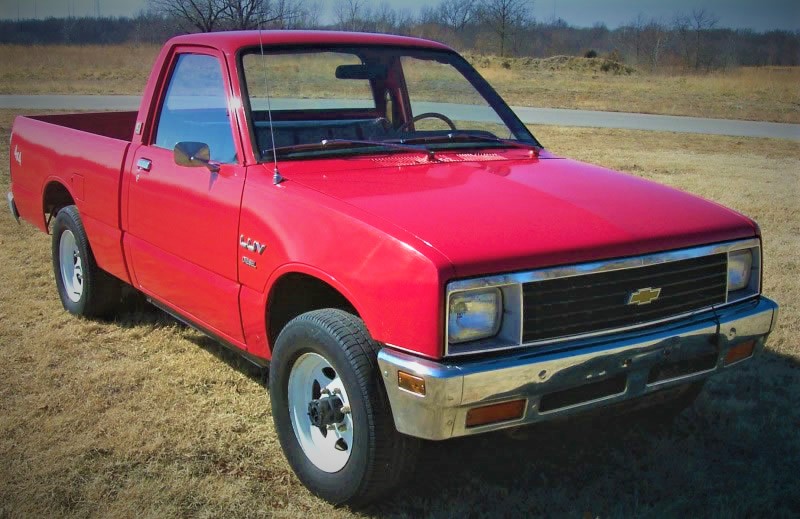
The next generation LUV carried over the optional 4×4 drivetrain. A new Isuzu-sourced 2.2L four-cylinder diesel engine appeared on the options sheet too. The new diesel engine gave the LUV an incredible 44 mpg highway rating.
But here’s where it starts to get really interesting: When the second-generation LUV pickup came over in 1981, so did its original Isuzu-badged doppelganger—only instead of being called the Isuzu Faster, the truck’s name changed to simply Isuzu “P’up.”
So yes, mini truck buyers in the United States could now choose between a Chevy-branded LUV or its twin, the Isuzu P’up.
For a while, anyway…
A World Without LUV
Despite the LUV truck’s continued evolution, General Motors had quietly begun designing its own in-house compact truck: the soon-to-be-christened S-Series.
So even as Chevy dealers were welcoming the aforementioned second-generation Chevy LUV onto their lots, they were simultaneously awaiting the heralded arrival of GM’s new domestic compact truck.
Pretty soon, the S-Series, Isuzu, and Chevy formed an awkward LUV triangle.
It was clear Chevy and the LUV were headed for a breakup. The second generation Chevy LUV only existed for two model years, 1981 and 1982, after which the nameplate was shelved in favor of the Chevy S-10/GMC S-15 duo.
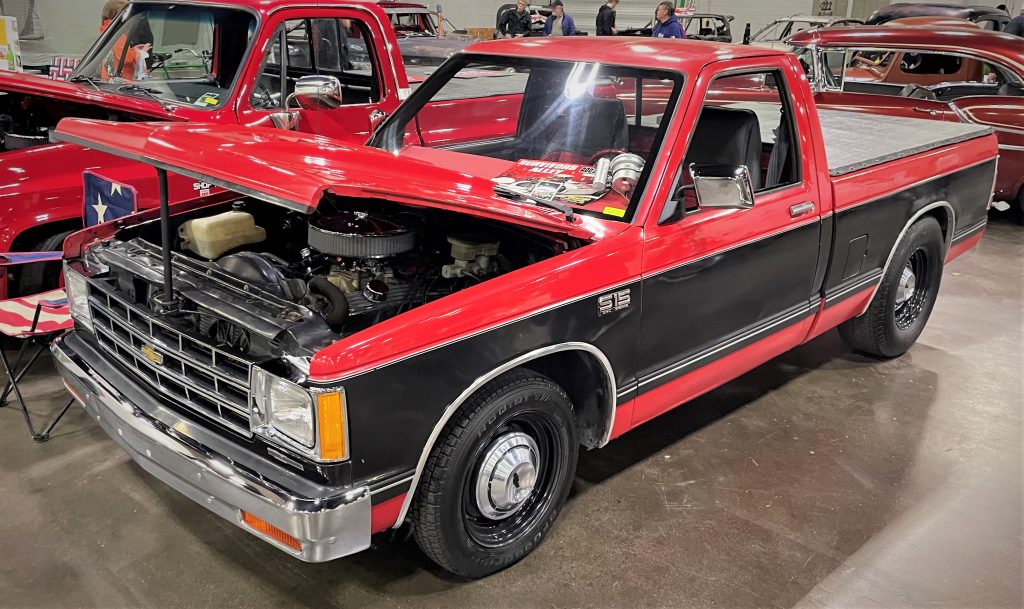
It wasn’t the end of the Isuzu P’up though, as it was available in the United States through 1987. And in global markets, the O.G. Isuzu Faster nameplated stuck around well into the 21st century.
The relationship between Isuzu and GM continued too. In addition to the standalone Isuzu marque in the U.S., the couple did plenty of badge-sharing on vehicles like the Geo Storm/Isuzu Impulse and Chevy Spectrum/Isuzu Gemini—heck, even the S-Series trucks eventually welcomed the GM-derived Isuzu Hombre into the family.
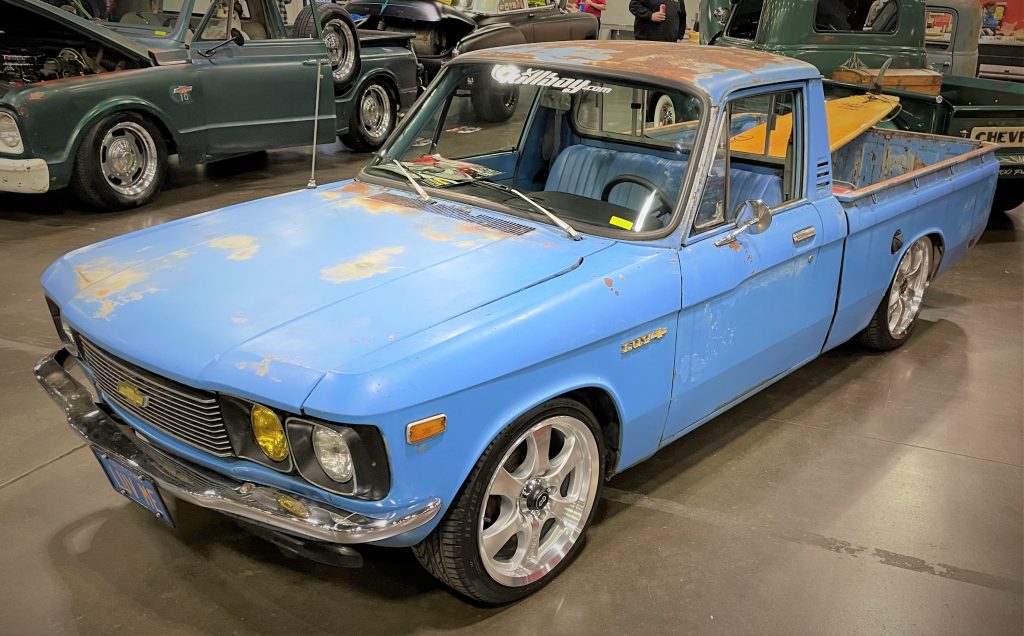
A LUV Story
“The first time I ever got on an airplane, was to go look at a truck that was in Kansas City,” recalls Summit Racing’s Jason Liss.
That truck was a Chevy LUV.
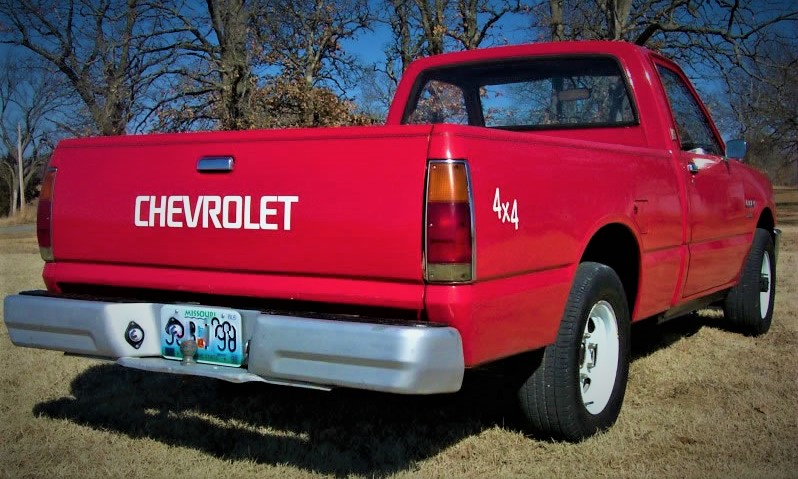
But not just any Chevy LUV, the truck in Kansas City, Missouri was one of the rare second-generation models. If that wasn’t enough, it had the coveted 4×4 drivetrain mated to a four-speed manual and locking hubs.
And the pièce de résistance? The truck had the fuel-sipping Isuzu 2.2L diesel engine. *Chef’s Kiss*
“I ended up falling in love with it and road-tripped the truck back to Ohio,” explains Liss. (That’s about a 12 hour drive, by the way—probably longer, given the diesel’s modest 60ish horsepower.) “The previous owner gave me some extra supplies, and sent me on my way,” he continues with a smile. “I could have flown back, but I really, really liked that truck.”
No, we can’t avoid the cliché here:
It was LUV at first sight.
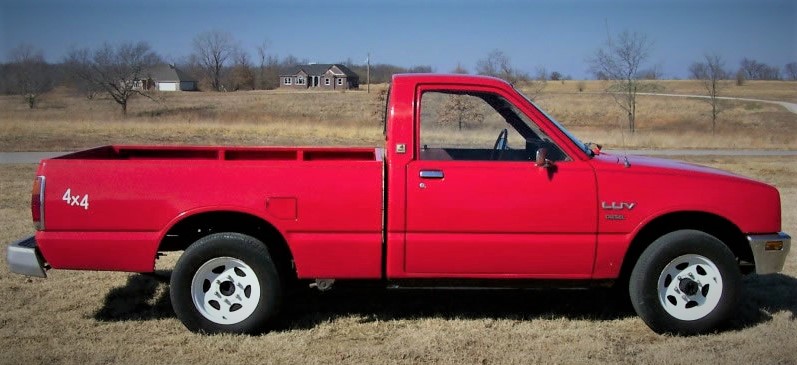
Modern LUV
Yet Jason’s LUV story is an elusive one for many. Nowadays, particularly in the Northern areas of the United States where road salt wreaks havoc on automotive sheetmetal, these trucks are getting scarce. It’s also important to recognize that these import trucks were still trucks and, as such, were often run hard and put away wet. These factors mean that LUV trucks are usually pretty difficult to find in anything close to good condition.
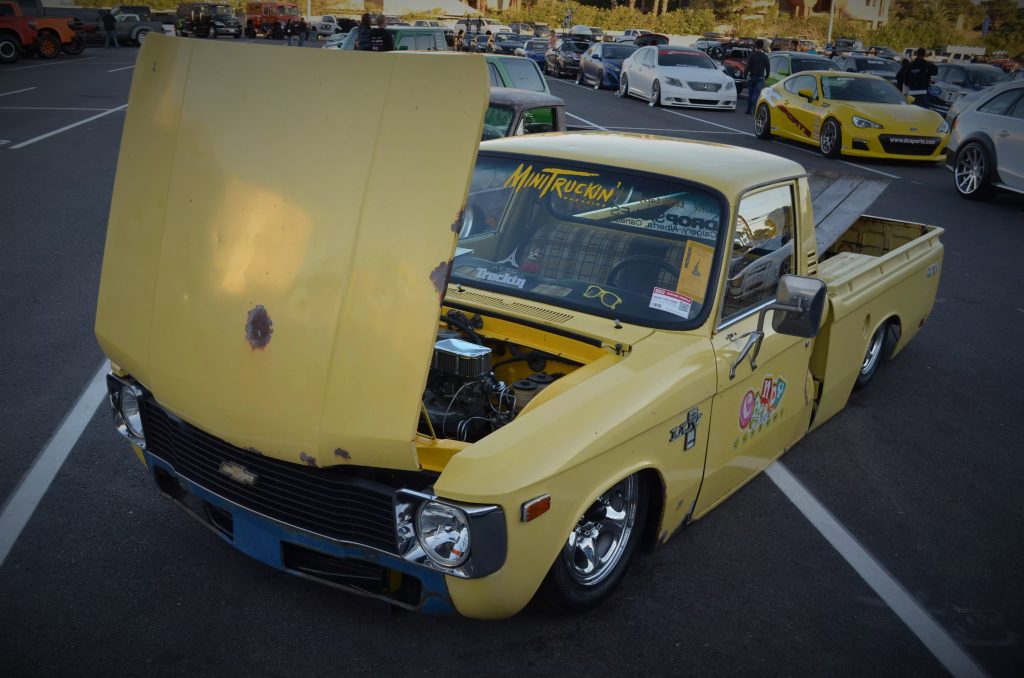
But if you’re looking for LUV in all the wrong places, try the track.
LUV trucks are lightweight and have that all-important front engine-RWD layout, which means they’re a good foundation for many performance builds. And the engine bay is big enough to accept V8 swaps as well, particularly of the LS variety.
They’re also popular with the custom, patina, and show crowd too, which means Chevy LUV trucks are starting to pop up in some high profile spots, including events that host the Summit Racing Show Car Series.
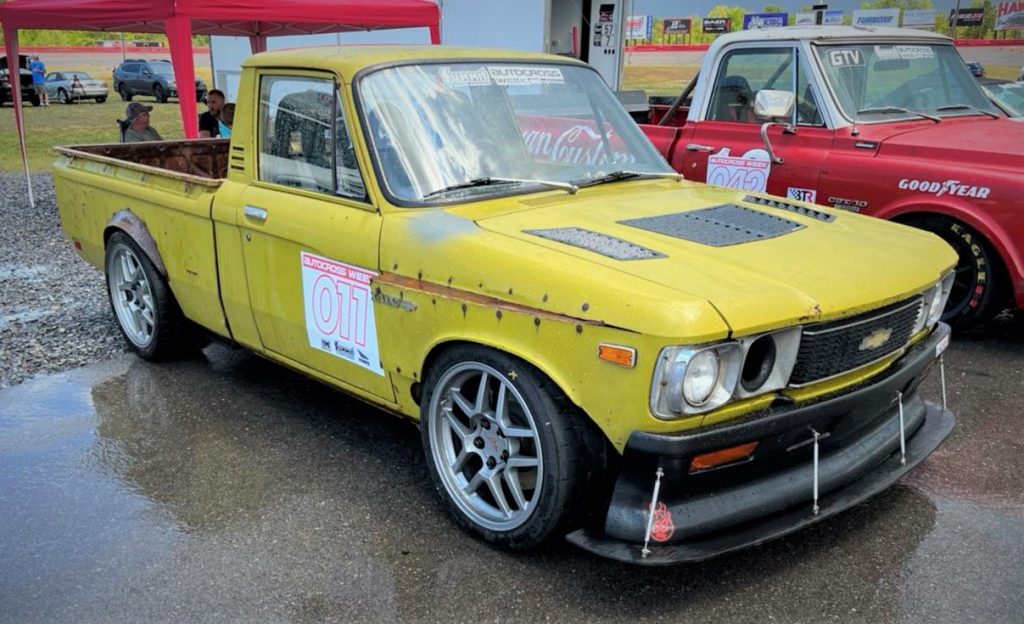
Everlasting LUV
So all told, what began as a quick-fix solution to address a growing market has transformed into a welcome sight at car shows and race tracks all over the country—which makes the often-overlooked Isuzu captive import a fascinating chapter in Chevy truck history.
<Lou Gramm Voice>
...And now you know what LUV is.
</Lou Gramm Voice>
Special hat tip to Summit Racing’s Jason Liss for his contributions to this article.

I have a 1972 Chevy L.U.V. I purchased 1/23/1973. I just celebrated 50 years of ownership Soon looking to drop a V8 into it.
I once found a Japanese website shows that 2nd Gen LUV tested cross country in US to proof that this 2nd Gen actually designed for North America. Too bad GM tricked it with their S-10 which makes 2nd Gen LUV as a transition only.